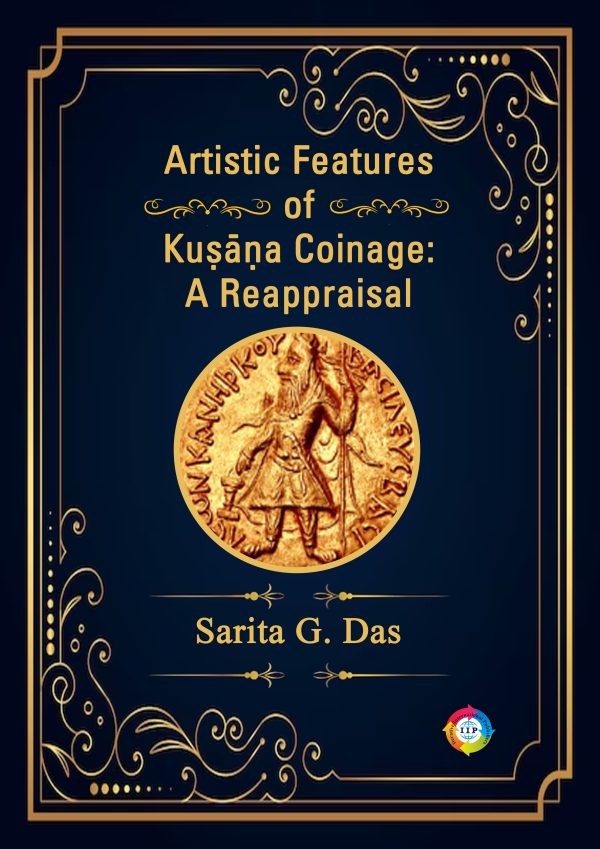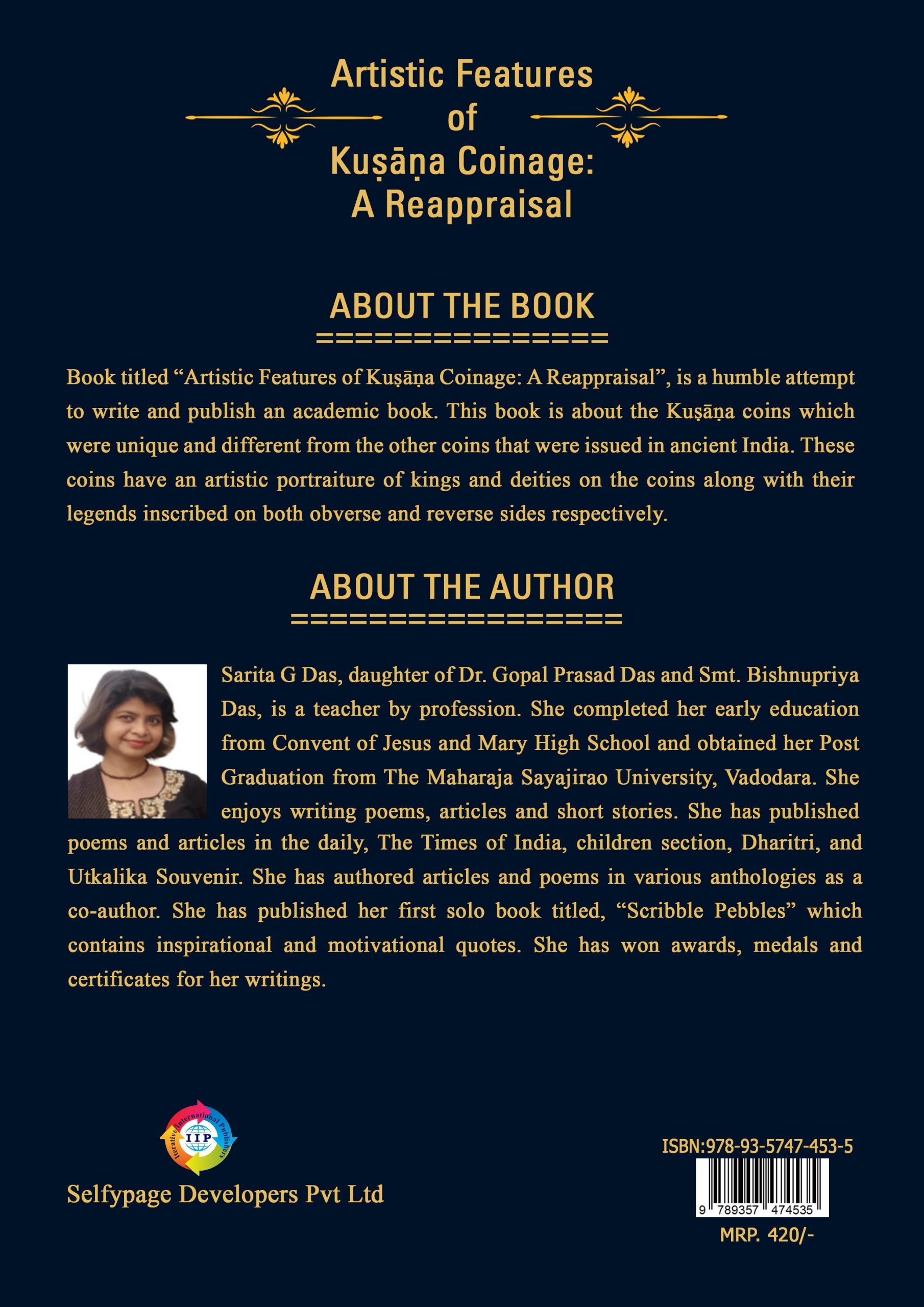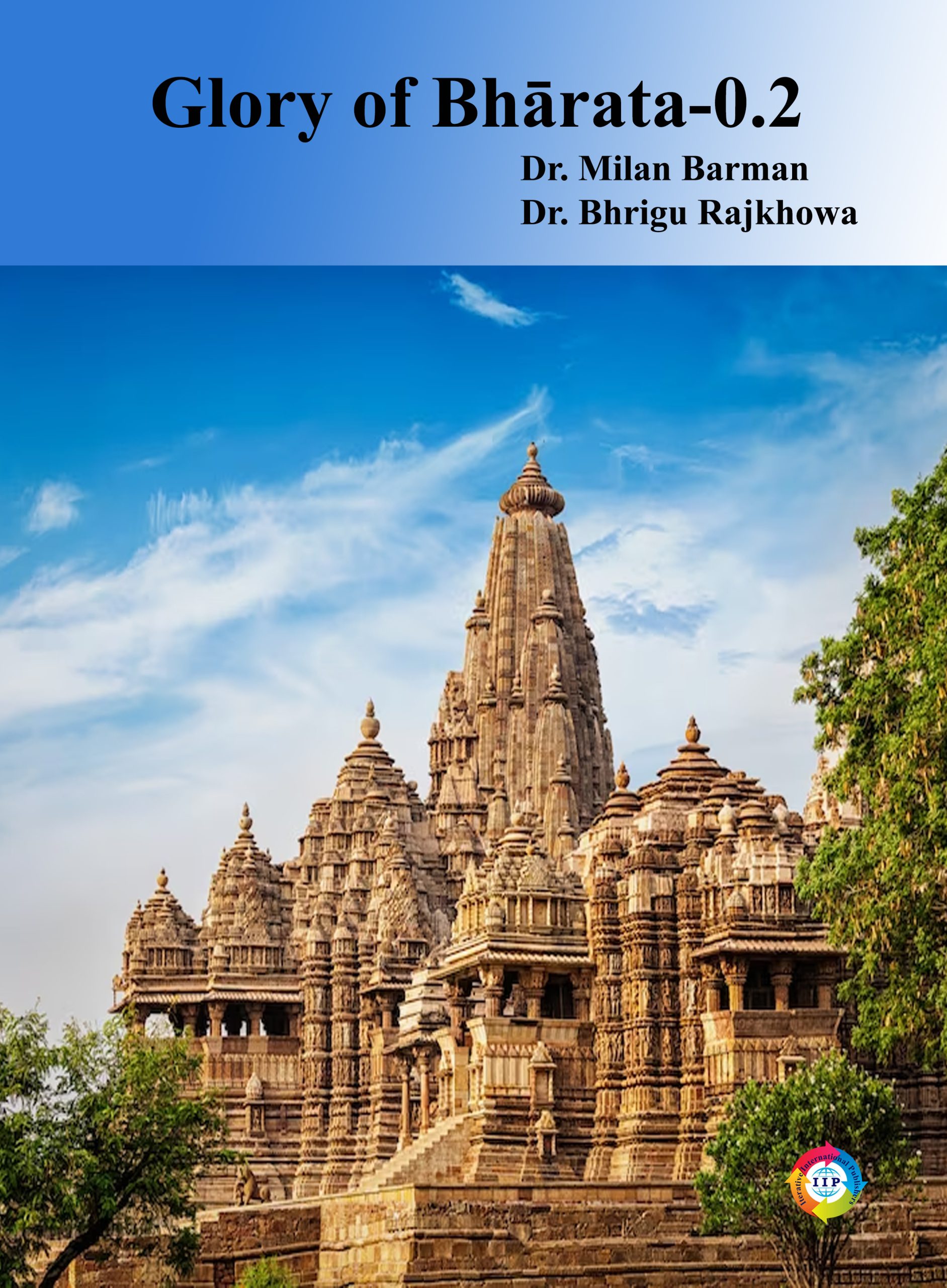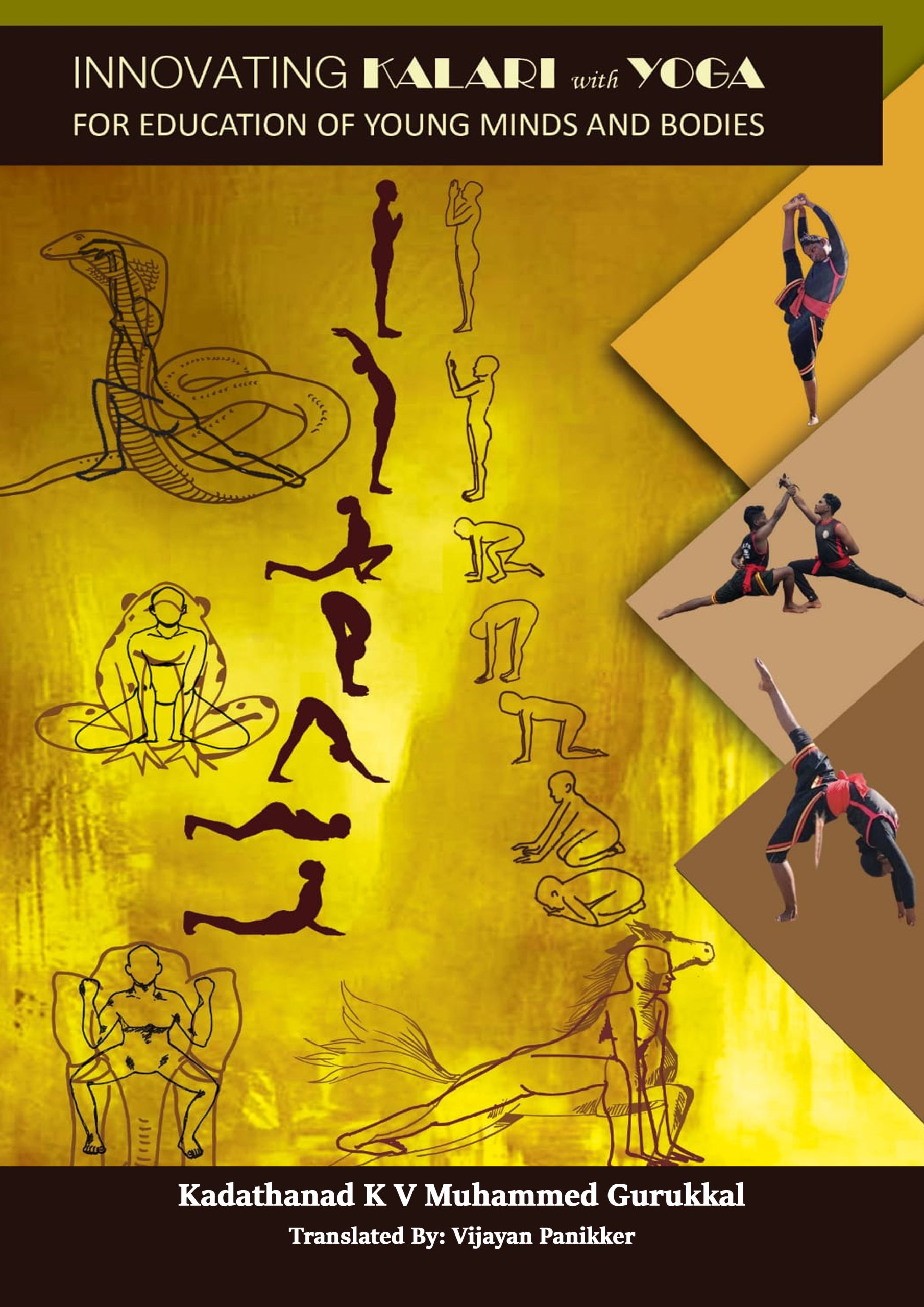“Artistic Features of Kuṣāṇa Coinage: A Reappraisal” was based on the research study undertaken during my Master’s degree. This book would provide students and readers with a proper insight into the Kuṣāṇa coinage. Additionally, this book aims at the study of the Kuṣāṇa Empire, its coins, and its artistic features on the coinage. The history of the Kuṣāṇa coinage forms an essential chapter in the numismatic chronicles of the Indian subcontinent.
The present work “Artistic Features of Kuṣāṇa Coinage: A Reappraisal” was a deferential attempt to understand the Kuṣāṇa Empire and their numismatics. This book has been divided into five main chapters, which has been very accurately studied, analyzed and supported with charts, maps and illustrations of various coins depending upon the facts provided by famous inscriptions, notable historians, archaeologists and numismatists along with new facts.
This book showcases the great history of the Kuṣāṇa Empire, from 1st – 3rd century AD ruling periods and their coinage found in India. It gives us a great deal of information, by which we get to know about the essential conclusions of their political, social, religious, and economic conditions prevailing during that period.
Through these coins, we also get a good glimpse of their traits. All the Kuṣāṇa Emperors used their coinage as a mode of propaganda of their superiority and possession of superhuman abilities. The concept of showing the king on coins was non-existent earlier in India. So, all the previous dynasties minted coins showing only their symbols (punch-marked coins). It was only the Kuṣāṇa Emperors who had popularized this idea, which remained in use for another 2000 years in India.
The metals and legends, as depicted on few Kuṣāṇa coins, enrich our knowledge about the political conditions and their relations with other countries. Also, their artistic depictions of the Kuṣāṇa kings on the obverse, deities on the reverse, the divinity coin marks and writings are all very artistically depicted on the Kuṣāṇa coinage. Besides, each coin was marked with specific standards of weight on them.
The Kuṣāṇa Emperors minted their coins in three metals, i.e., gold, silver and copper. These coins were of varied shapes, sizes and different weight standards. We also find a large number of gold coins of the Kuṣāṇa period, which indicated their prosperity, high standard of living of that period and their artistic nature.
Furthermore, the artistic features of Kuṣāṇa coinage were based on the art of the Bactrian school and to some extent on the art of Gandhāra and Mathurā schools. However, some coins with devices which had stylistic features on the reverse can be traced back to the artists of the Roman Empire, modelled on those of the Bactrian and Parthian motifs. During the Kuṣāṇa period, these coins were reminiscent of the higher artistic activity and development of contemporary art.
The objective of this research work is an attempt to understand the varied Kuṣāṇa coinage and its artistic features of different Emperors during their rule in India from 1st – 3rd century AD.
It was a small nomadic group that was driven away from the Chinese territory and rose into an unwieldy Empire.
The Empire began with Kujula Kadphises as the first strong ruler. It was further strengthened and expanded by such mighty rulers as Vima Kadphises, Kaniśka and Huviśka. The Kuṣāṇas were known to have ruled effectively in Northern India. A large variety of coins and their inscriptions help glean history from the findings and realize the greatness of these rulers. Hence, the Kuṣāṇa coinage was a more potent instrument for the expression of ideas and art. Beyond their role of economic exchange, these coins could disseminate a significant number of ideas conveyed by their symbolic motifs. Coinage has been, through the ages, a prerogative of the sovereign power; its valuable exchange is a reflection of economic solidarity and control of the state.









Reviews
There are no reviews yet.